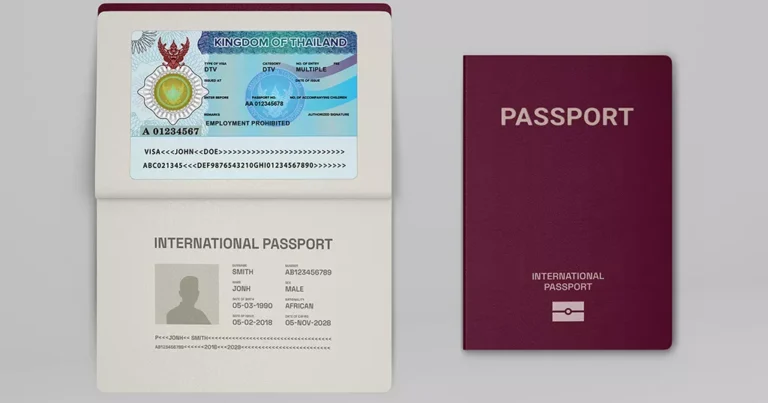If you’re planning to explore the rich culture, stunning beaches, and vibrant nightlife of Thailand, understanding the Thailand visa process is essential. Whether you’re a tourist, digital nomad, student, or business traveler, having the right visa can make your journey smooth and hassle-free.
Here’s a comprehensive guide on the Thailand visa policy in 2025, including types, requirements, fees, and tips for a successful application.
Do You Need a Visa for Thailand?
The answer depends on your nationality. Thailand has visa-exemption agreements with over 60 countries. For example, citizens from the United States, the United Kingdom, Canada, Australia, and most EU countries can enter Thailand without a visa for up to 30 days by air and 15 days by land.
However, if you plan to stay longer, work, study, or conduct business in Thailand, you’ll need to apply for the appropriate Thailand visa before entering the country.
Types of Thailand Visas
There are several visa categories depending on your purpose of visit:
1. Tourist Visa (TR)
This is the most common visa for travelers. It allows you to stay in Thailand for up to 60 days, with the possibility of a 30-day extension.
2. Visa on Arrival
Available to citizens of select countries, this visa allows a stay of up to 15 days. However, it’s advisable to check if your country qualifies and if this visa suits your travel plans.
3. Non-Immigrant Visa
This category covers several purposes:
- Education (ED Visa): For students enrolled in Thai schools or universities.
- Business (B Visa): For those attending meetings or starting a business in Thailand.
- Marriage (O Visa): For individuals married to Thai nationals.
- Retirement (O-A or O-X Visa): For foreigners aged 50 and above who wish to retire in Thailand.
4. Thailand Elite Visa
For high-income individuals, the Elite Visa offers multiple-entry access for up to 20 years, along with VIP privileges at airports, golf courses, and hospitals.
How to Apply for a Thailand Visa
Step 1: Choose the Right Visa
Determine the purpose of your visit and select the suitable visa category.
Step 2: Prepare Documents
Common requirements include:
- Passport valid for at least 6 months
- Recent passport-size photographs
- Proof of funds
- Return flight tickets
- Hotel reservation or address in Thailand
- Visa application form
Step 3: Submit Application
Applications can be made online (E-visa) or at a Thai embassy/consulate in your country. Processing times typically range from 3 to 10 working days.
Step 4: Pay the Visa Fee
Tourist visa fees generally range from $30 to $50 USD. Non-immigrant visas may cost more depending on duration and type.
Tips for a Smooth Visa Experience
- Always double-check the Thailand visa requirements for your specific nationality.
- Apply early to avoid last-minute issues.
- Be honest and accurate when filling out your application form.
- Keep a printed copy of your visa approval, especially if applying online.
Thailand Visa Extension Options
If you wish to extend your stay, you can apply for a visa extension at any Immigration Office in Thailand. A 30-day extension is commonly granted for a fee of 1,900 THB. Overstaying your visa can result in fines, blacklisting, or deportation, so make sure to comply with your visa’s terms.
Final Thoughts
Thailand remains one of the most traveler-friendly countries in Southeast Asia, offering flexible visa options for tourists, expats, and business professionals. With a clear understanding of the Thailand visa process, you can enjoy your trip without stress and focus on making unforgettable memories.
Whether you plan to relax on the beaches of Phuket, explore the temples of Chiang Mai, or do business in Bangkok, the right visa opens the door to Thailand’s endless possibilities.
Read More: Easiest Schengen Visa Options for Pakistani Passport Holders









